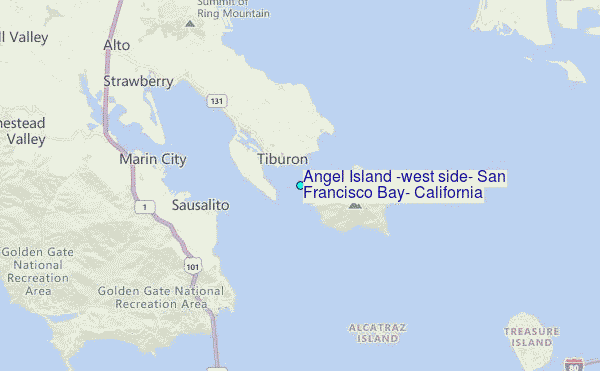.... ashamed to say I never knew about:
Angel Island
The Journey to America
 Between
the end of the 19th century and the beginning of the 20th century,
millions of people — in numbers which have not been seen since — came to
America in pursuit of a better, freer life. On the east coast, most of
the huddled masses were met by the Statue of Liberty and Ellis Island.
On the west coast, between 1910 and 1940, most were met by the wooden
buildings of Angel Island. These immigrants were Australians and New
Zealanders, Canadians, Mexicans, Central and South Americans, Russians,
and in particular, Asians. There, during this period of the great
migrations, they would meet with a reception quite unlike that given to
European immigrants on the East Coast. The reasons for this reception,
and the story of this journey, as usual, have their roots in the past.
Between
the end of the 19th century and the beginning of the 20th century,
millions of people — in numbers which have not been seen since — came to
America in pursuit of a better, freer life. On the east coast, most of
the huddled masses were met by the Statue of Liberty and Ellis Island.
On the west coast, between 1910 and 1940, most were met by the wooden
buildings of Angel Island. These immigrants were Australians and New
Zealanders, Canadians, Mexicans, Central and South Americans, Russians,
and in particular, Asians. There, during this period of the great
migrations, they would meet with a reception quite unlike that given to
European immigrants on the East Coast. The reasons for this reception,
and the story of this journey, as usual, have their roots in the past. Around
the middle of the 19th century, on the far western frontier of the
continental United States, immigrants from Guangdong Province in
southern China began arriving, fleeing from a land stricken by both
natural and man-made disasters and a collapsing rural economy. Though
initially welcomed, when the local economy took a downturn in the 1870s,
economic problems were laid at the feet of this highly visible minority
by organized labor, newspapers, and in short order, politicians.
Around
the middle of the 19th century, on the far western frontier of the
continental United States, immigrants from Guangdong Province in
southern China began arriving, fleeing from a land stricken by both
natural and man-made disasters and a collapsing rural economy. Though
initially welcomed, when the local economy took a downturn in the 1870s,
economic problems were laid at the feet of this highly visible minority
by organized labor, newspapers, and in short order, politicians.Immigrants undertook a Pacific Ocean journey of three weeks, including stops in Honolulu, Manila, Yokohama, Shanghai and Hong Kong. Many passengers could barely afford steerage class travel, and bought their tickets only with the collective help of relatives and neighbors. These new immigrants believed that they could make that money back quickly in America. Other immigrants came from the Punjab, Russia, the Philippines, Portugal, Australia, New Zealand, Mexico, and Latin America as well. Their stories likewise, are not well documented and remain waiting to be uncovered.
On arrival at San Francisco, passengers would be separated by nationality. Europeans or travelers holding first or second class tickets would have their papers processed on board the ship and allowed to disembark. Asians and other immigrants, including Russians, Mexicans, and others, as well as those who needed to be quarantined for health reasons, would be ferried to Angel Island for processing.
 A
number of laws were passed at the local and state levels targeting the
Chinese, soon attracting national attention. In order to secure the
crucial western states’ votes, both parties in Congress supported the
first of several acts targeting immigration from Asia. With the passing
of this first act, the Chinese Exclusion Act of 1882, America had
limited immigration on the basis of nationality or race for the first
time, and it would not be the last, as subsequent acts severely
curtailed each successive wave of immigration from Asia which came to
replace Chinese immigrant workers.
A
number of laws were passed at the local and state levels targeting the
Chinese, soon attracting national attention. In order to secure the
crucial western states’ votes, both parties in Congress supported the
first of several acts targeting immigration from Asia. With the passing
of this first act, the Chinese Exclusion Act of 1882, America had
limited immigration on the basis of nationality or race for the first
time, and it would not be the last, as subsequent acts severely
curtailed each successive wave of immigration from Asia which came to
replace Chinese immigrant workers.
From: http://www.aiisf.org/education/station-history
Please visit the above site to learn more
 |
| http://www.tide-forecast.com/locations/Angel-Island-west-side-San-Francisco-Bay-California |
No comments :
Post a Comment